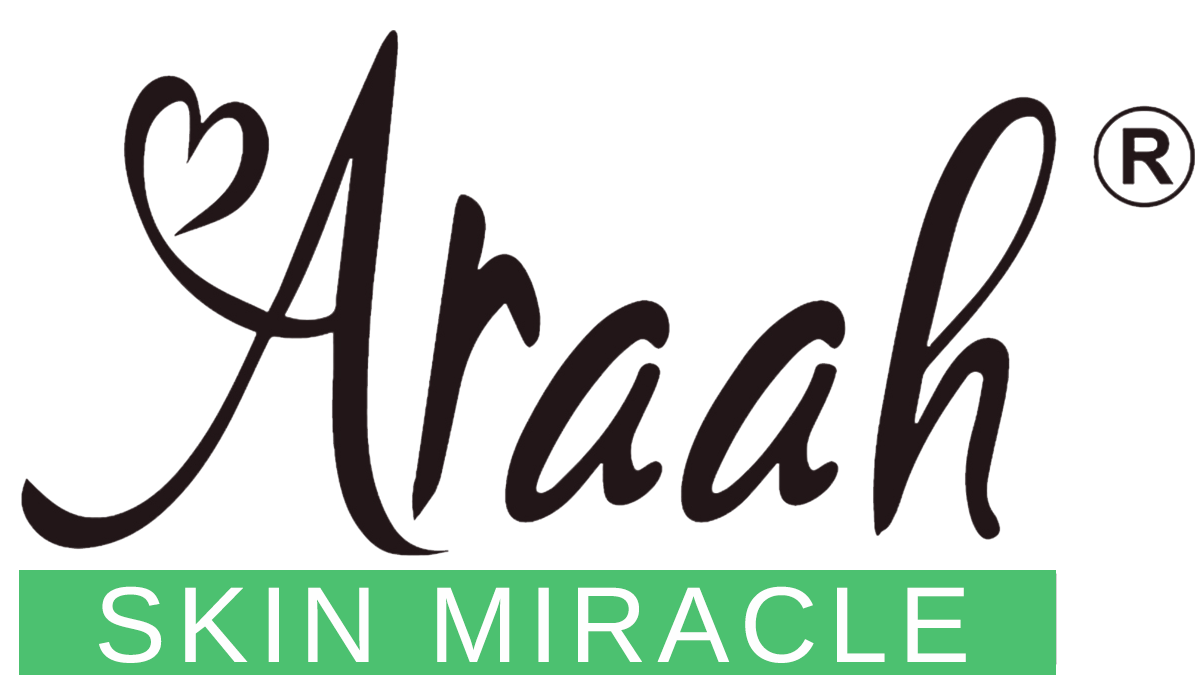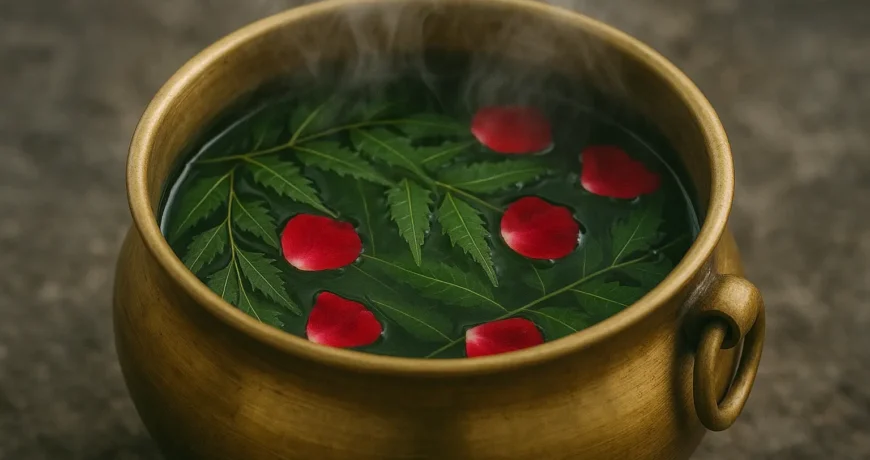Neem Bath Ritual for Acne & Rashes — The Ancient Anti-Inflammatory Therapy Backed by Science
Neem Baths Aren’t Old School — They’re Anti-Inflammatory Science
When body acne, heat rashes, or stubborn itching appear, the common reaction is using antibiotics, steroid creams, or anti-fungal body washes. But long before chemical solutions existed, neem bath therapy worked as a powerful anti-inflammatory treatment with zero side effects.
At Araah, we view skincare as the union of ritual, science, and nature. Neem baths were never just “old remedies.” They were herbal anti-inflammatory therapies practiced by Indians for centuries.
The Real Problem Is Inflammation — Not Just Acne or Rashes

Modern dermatology and Ayurveda both agree that most body skin issues begin with inflammation.
Ayurveda explains acne, itchiness, and rashes as Pitta (heat) + Kapha (toxicity) imbalance. Modern science links them to:
-
Bacterial overgrowth
-
Immune response
-
Allergic reactions
-
Fungal imbalance
-
Sweat and clogged follicles
Neem works directly on inflammation, making it effective for multiple skin conditions without chemicals.
Modern Science Confirms Neem’s Power
Research shows that neem:
-
Reduces inflammation
-
Stops acne-causing bacteria
-
Fights fungal infections
-
Calms allergic reactions
-
Speeds wound healing
Neem contains quercetin, nimbidin, nimbin, and fatty acids, which reduce redness, swelling, bacterial strength, and itching at a cellular level. Neem is not a folk remedy. It is proven botanical medicine.
What Skin Issues Can Neem Baths Treat?

Neem bath therapy helps with:
-
Body acne on back, arms, and chest
-
Sweat rashes and fungal itching
-
Heat rashes (summer prickles)
-
Folliculitis (inflamed hair roots)
-
Allergic sweat reactions
-
Body odour caused by bacteria
Neem works where soaps fail because it treats inflammation instead of scrubbing the skin.
Neem Bath Ritual — Step-by-Step
Practice this as a healing ritual, not a rushed bath.
Ingredients Needed
-
Fresh neem leaves (or dried leaves)
-
Water
-
Copper pot, earthen pot, or steel container
Scientific Method of Preparation
-
Boil neem leaves for 5 to 7 minutes
Heat releases bioactive compounds. -
Cool to lukewarm
Hot water aggravates inflammation. -
Strain if needed, add to bath water
-
Pour from neck to toe using a mug
Let water flow gently. Avoid scrubbing. -
Do not rinse afterward
Let neem actives remain on your skin. -
Sit quietly for 2 minutes
Silence signals calmness to the skin.
Why 2 Minutes of Silence Matters
Your skin and nervous system communicate. Stress increases inflammation. When your mind relaxes, so does your skin barrier.
Modern science calls this Psychodermatology. Ayurveda calls it Mind Dosha. At Araah, we recognize it as ritual-based healing.
Who Should Practice Neem Bath Therapy?

It is ideal for:
-
Humid climate irritation
-
Sweat-induced itching
-
Seasonal body pimples
-
Heat breakouts
-
Allergic reaction to chemical body washes
If your skin is very dry, use neem baths only 2–3 times a week and follow with a mild, natural cleanser.
Avoid Neem Baths If You Have:
-
Open wounds
-
Very dry or peeling skin
-
Known neem allergy
Safe for children above 3 years, only once a week.
Ritual Support (Not Selling, Just Guiding)
After a neem bath, avoid harsh chemical body washes. They undo the anti-inflammatory effect. Choose:
-
Cold-processed herbal soaps
-
Non-fragrant, non-detergent cleansers
-
Powder cleansers (ubtan)
-
Pure herbal bath powders
These complement the therapy instead of damaging the skin barrier.
Healing Affirmation
“I treat my skin as a living part of me, not a problem to fix.”
Repeat this during the ritual. Healing begins when intention becomes part of skincare.




